Decorative plywood, often regarded as a staple in the world of interior design and architecture, has transcended its traditional uses to become a multifaceted material that caters to a variety of industries. This engineered wood product, made by gluing together thin layers of wood veneer, offers not only aesthetic appeal but also structural integrity. In this article, we will explore the diverse applications of decorative plywood, its benefits, and the innovative trends shaping its future.
Understanding Decorative Plywood
Before delving into its applications, it is essential to understand what decorative plywood is. Unlike standard plywood, which is primarily used for structural purposes, decorative plywood is designed with a focus on visual appeal. It is available in various finishes, patterns, and wood species, allowing designers and architects to create stunning visual effects in their projects. The surface can be treated with stains, paints, or laminates, enhancing its aesthetic qualities while maintaining durability.
Applications of Decorative Plywood
- Interior Design and Furniture
One of the most prominent uses of decorative plywood is in interior design. Its versatility allows it to be used in various applications, including:
- Wall Paneling: Decorative plywood can transform a plain wall into a focal point. With a wide range of textures and finishes, it can create a warm, inviting atmosphere in residential and commercial spaces.
- Furniture Design: From sleek coffee tables to intricate cabinetry, decorative plywood is favored for its ability to combine beauty with functionality. Designers appreciate its lightweight nature and ease of manipulation, making it ideal for crafting bespoke furniture pieces.
- Ceiling Treatments: Decorative plywood can also be used for ceiling designs, adding depth and character to a room. Its acoustic properties can help improve sound quality in spaces like theaters and conference rooms.
- Architectural Applications
In architecture, decorative plywood serves both aesthetic and practical purposes:
- Doors and Windows: Custom-designed doors and window frames made from decorative plywood can enhance the overall look of a building while providing insulation and durability.
- Partitions and Room Dividers: In open-plan offices or homes, decorative plywood can be used to create stylish partitions that maintain an open feel while providing privacy.
- Exterior Cladding: With advancements in treatment processes, decorative plywood can now be used for exterior applications. It offers a unique look while being resistant to weather conditions when properly treated.
- Retail and Exhibition Spaces
In retail environments, the visual appeal of decorative plywood can significantly influence customer experience:
- Display Fixtures: Retailers often use decorative plywood for display units and shelving. Its ability to be customized allows brands to create a cohesive look that aligns with their identity.
- Exhibition Stands: At trade shows and exhibitions, decorative plywood is used to build eye-catching stands that attract visitors. Its lightweight nature makes it easy to transport and assemble.
Benefits of Decorative Plywood
The popularity of decorative plywood can be attributed to several key benefits:
- Sustainability: Many manufacturers source wood from sustainable forests, making decorative plywood an eco-friendly choice. Additionally, its longevity reduces the need for frequent replacements, further minimizing environmental impact.
- Cost-Effectiveness: Compared to solid wood, decorative plywood offers a more affordable option without compromising on aesthetics. This makes it accessible for various projects, from high-end designs to budget-friendly renovations.
- Customization: The ability to customize decorative plywood in terms of size, shape, and finish allows designers to achieve their desired look without limitations.
Innovations in Decorative Plywood
As technology advances, so does the potential for decorative plywood. Innovations such as digital printing and laser cutting are opening new avenues for creativity. Designers can now create intricate patterns and designs that were previously unattainable, pushing the boundaries of what decorative plywood can achieve.
Moreover, the rise of smart materials is influencing the development of decorative plywood that can respond to environmental changes, such as humidity and temperature, enhancing its functionality in various settings.
Conclusion
Decorative plywood is more than just a building material; it is a canvas for creativity and innovation. Its diverse applications across interior design, architecture, and retail demonstrate its versatility and importance in modern design practices. As trends evolve and new technologies emerge, decorative plywood will undoubtedly continue to play a pivotal role in shaping the spaces we inhabit. Whether you are an architect, designer, or homeowner, understanding the potential of decorative plywood can inspire you to explore its myriad possibilities in your next project.

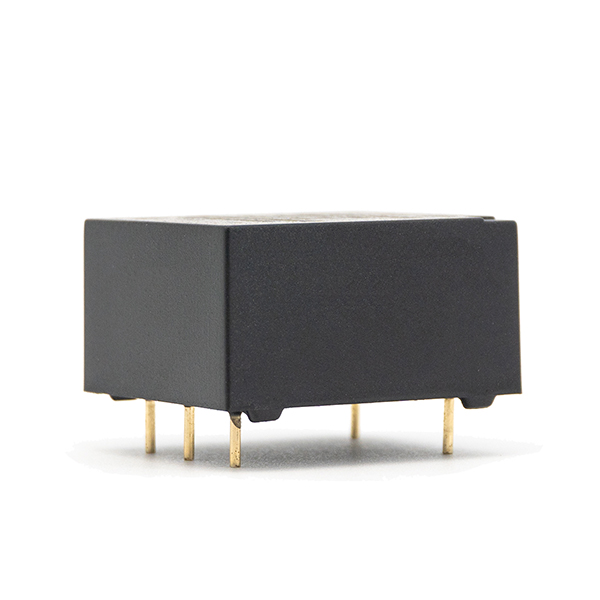
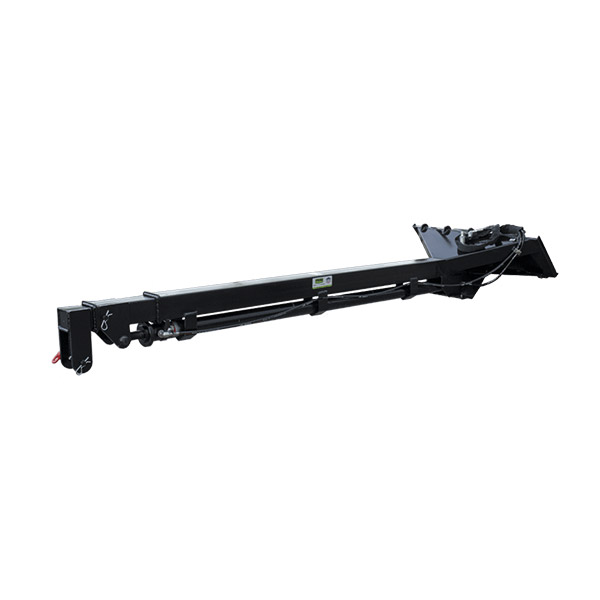



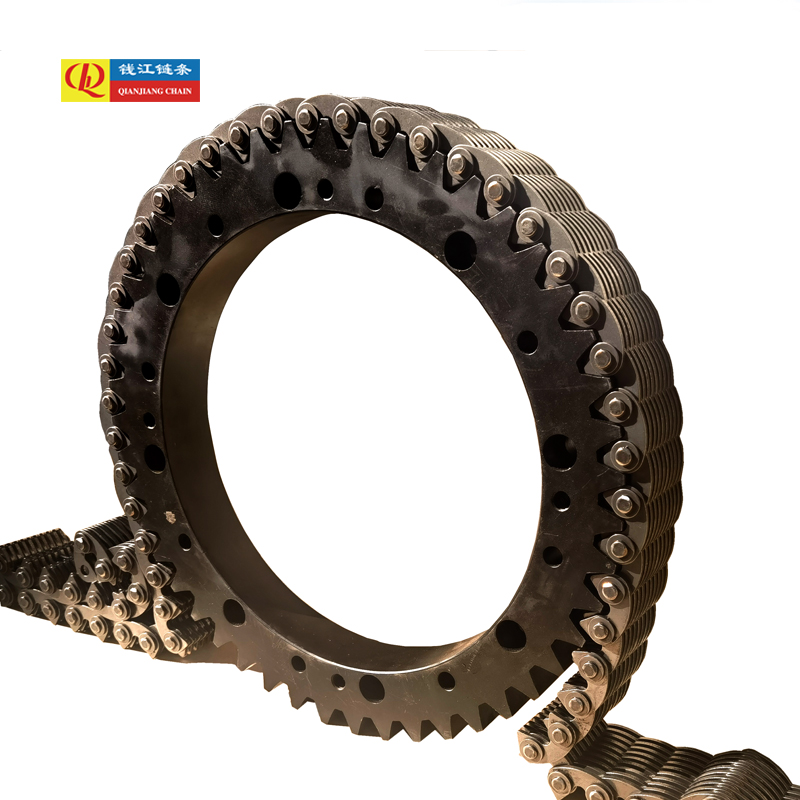
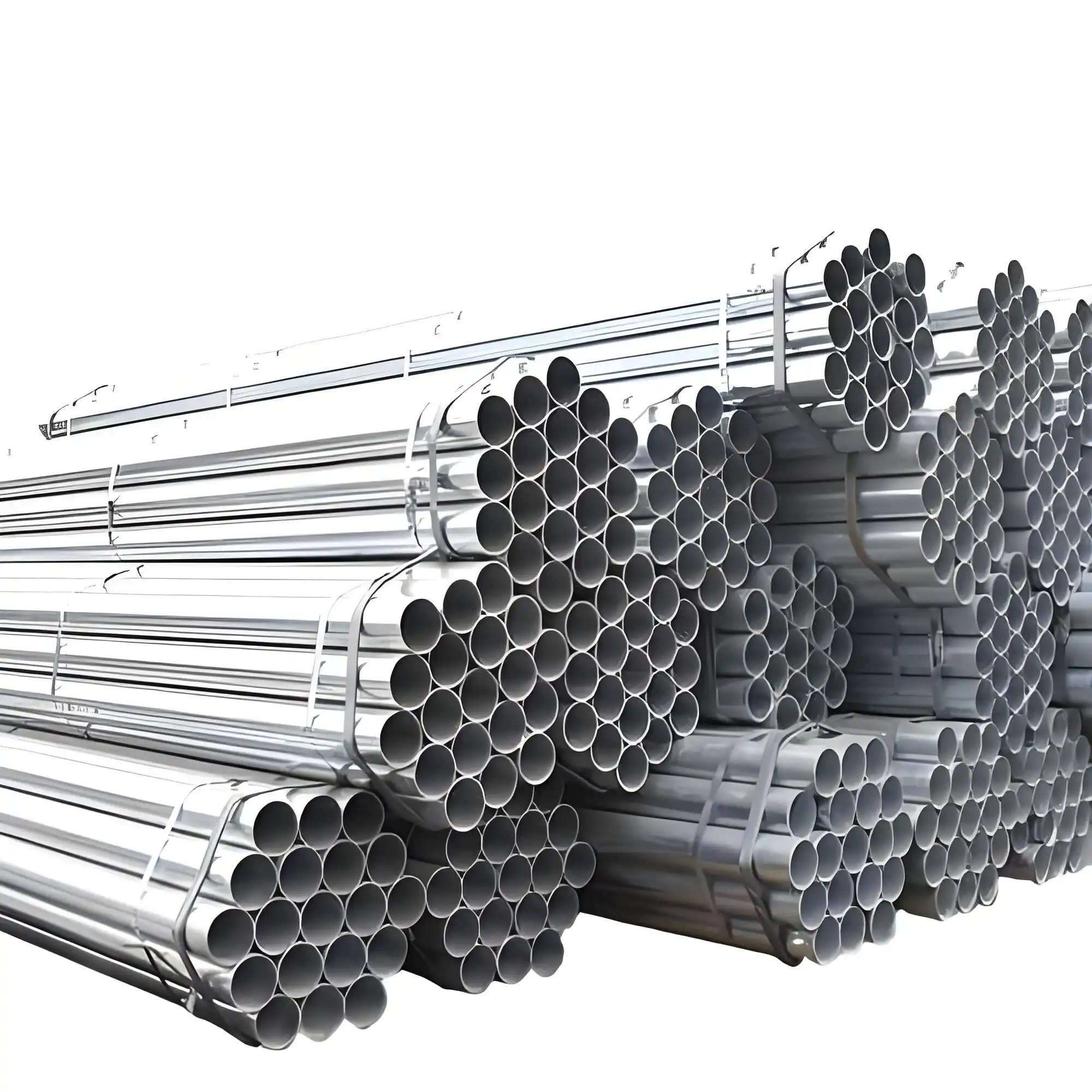
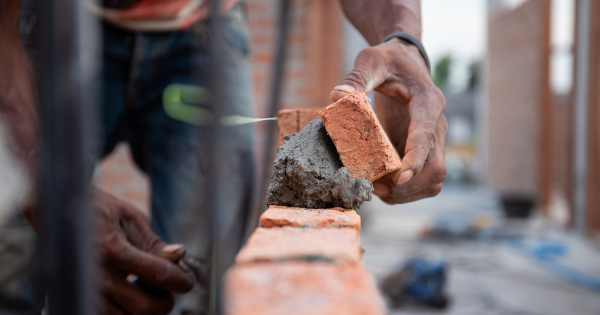
+ There are no comments
Add yours